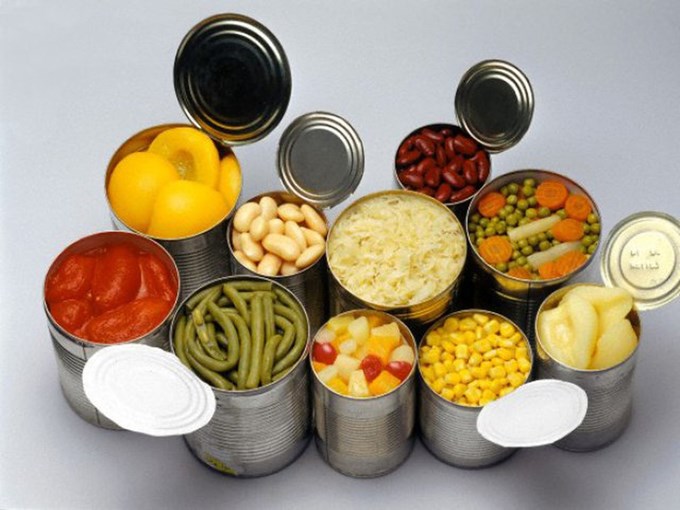Salted, pickled or canned foods are very popular and have been around for many generations, because of their ability to keep food for a long time, easy to prepare and cook. These kinds of foods have a high risk of containing bacteria that carry extremely dangerous toxins. The toxin produced by Clostridium botulinum is a neurotoxin with the nature of a polypeptide chain with a molecular weight of 150 kDa with types A, B, and E that are toxic to humans. This toxin can be decomposed at 80 degrees Celsius in 30 minutes and 100 degrees Celsius in 10 minutes. The toxicity of neurotoxin is very strong, only 0.03mg is enough to cause death in adults.
In recent years in Vietnam, cases of Clostridium botulinum poisoning have occurred with high severity, many of which are life-threatening. Specifically, in March 2023, Quang Nam province had 3 cases of food poisoning, causing 10 hospitalizations and 1 death. The source of infection was the consumption of pickled fish contaminated with Clostridium botulinum type E. In mid-May, at least 6 cases of poisoning were recorded in Vietnam. The patient was poisoned after eating pork sausage bought from a street vendor. Three children were diagnosed with botulism and were treated with antitoxins.
Source of infection
Clostridium botulinum bacteria are found in soil, especially garden soil, cemetery soil, chicken and cattle-raising areas. This bacteria can also be found in the intestines of domestic animals, in the intestines of fish, and in contaminated water.
Because bacteria are naturally present, food can become contaminated during storage, manufacturing, and processing at temperatures suitable for bacterial growth and in anaerobic or anaerobic environments such as canned foods, and sealed packing. Fresh food such as fish can be contaminated with Clostridium botulinum in fish intestines or skin areas damaged by transportation, fishing, marinating and distribution.
    |
 |
| Source of infection Clostridium botulinum |
Symptoms
Nausea and vomiting commonly occur with toxicity caused by Clostridium botulinum. This condition is not caused by effects in the intestine but by toxins acting on the central nervous system. Early symptoms are visual disturbances due to decreased coordination of eye muscles, causing diplopia, fatigue, dizziness, diarrhoea, and abdominal pain. In some cases, it is possible that the respiratory muscles are paralyzed and artificial respiration is required. The illness usually occurs from 6-24 hours, and can be a few hours or a few days depending on the number of toxins entering the body.
Boiling can kill bacteria
Under favourable conditions, Clostridium botulinum bacteria grow large enough and secrete exotoxins. The toxin is highly toxic. The toxin is resistant to digestive enzymes and stomach acid. However, the toxins of Clostridium botulinum are very sensitive to temperature. Toxins produced by bacteria can be digested at 80 degrees Celsius within 30 minutes.
Preventive measures
Prevent food from being contaminated during slaughter, transportation, preliminary processing and processing. Food must be washed before processing, preserved meat by chilling, and salting to limit the growth of bacteria that create toxins.
Do not use canned food if the box shows signs of deformation such as swelling. Strict hygiene and sterilization must be observed in the production of canned goods.
Cook food thoroughly before eating.
For manufacturers, restaurant businesses, and eateries that have products or use potentially high-risk products, it is necessary to periodically send samples to check food safety and hygiene at reputable food testing sites.
Keywords: antibiotics, resistant bacteria, antibiotic resistance, food
Source:
https://www.eurofins.vn/en/news/knowledge-of-testing-industry/risk-of-clostridium-botulinum-poisoning-from-canned-food/
https://www.foodsafetynews.com/2023/05/six-cases-of-botulism-in-vietnam-one-fatal-who-steps-in-to-help/
https://www.foodsafetynews.com/2023/03/one-dead-in-vietnam-botulism-outbreak/
Compiler: Dr. Vu Quynh Huong – Department of Food Safety and Quality Management, Faculty of Food Science and Technology